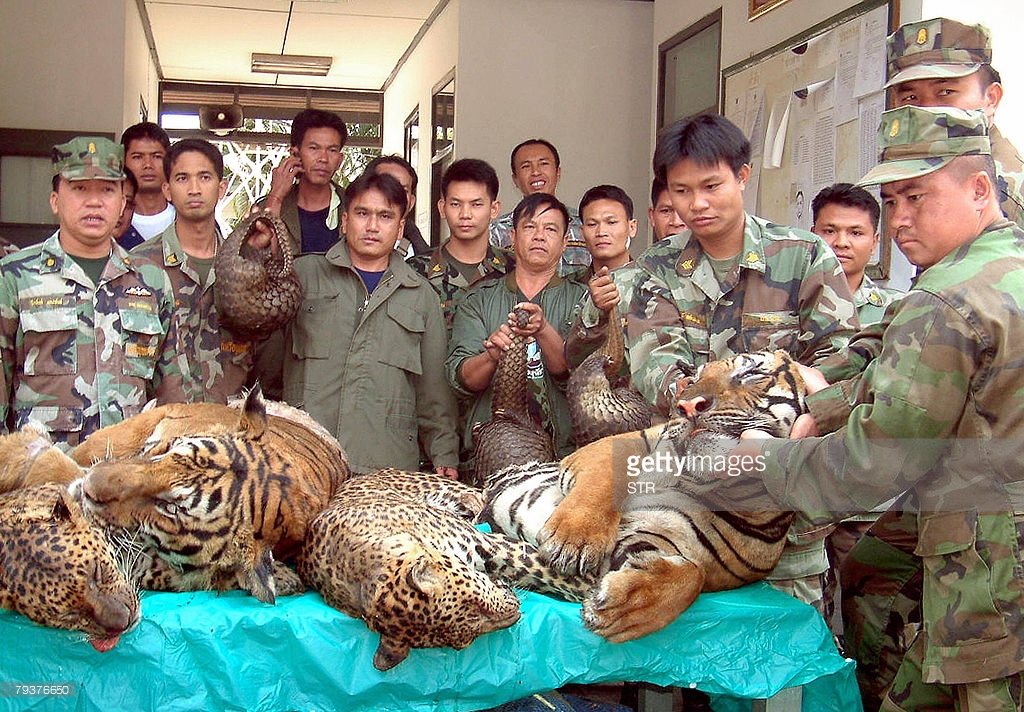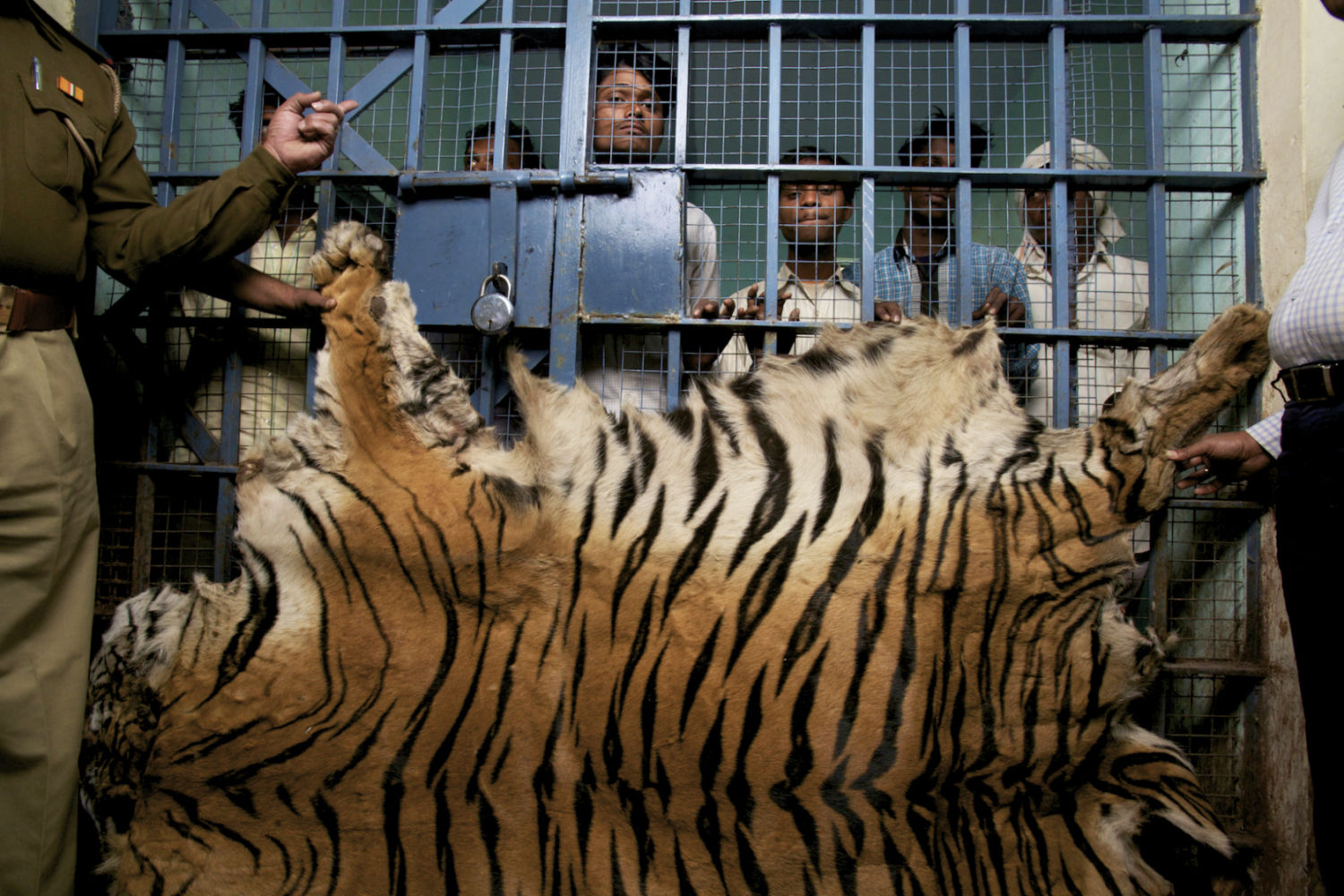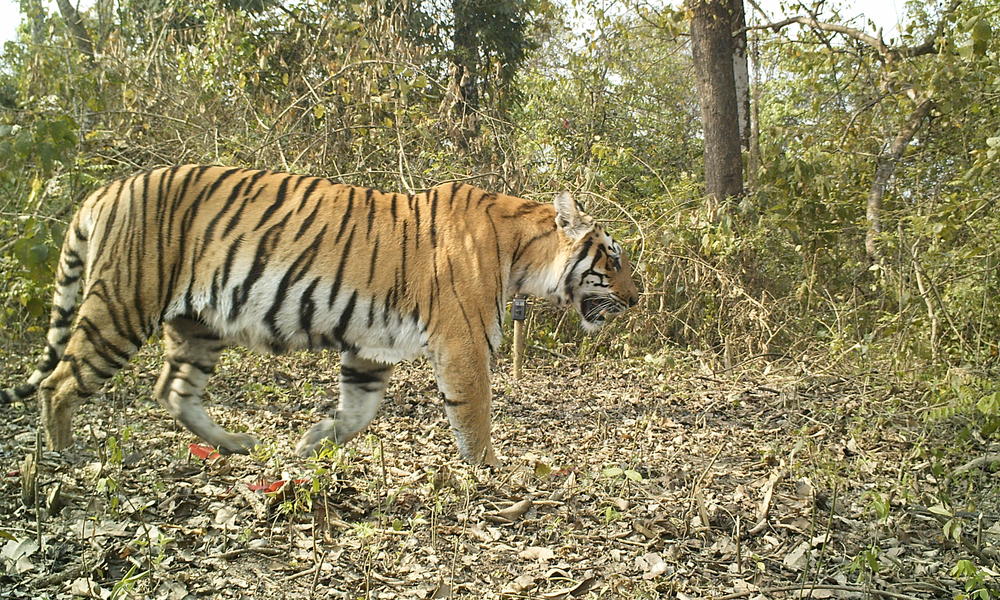BENGAL TIGER:
 |
| By WWF-India |
The Bengal tiger is found primarily in India with smaller populations in Bangladesh, Nepal, Bhutan, China and Myanmar. It is the most numerous of all tiger subspecies with more than 2,500 left in the wild.
 |
| By © naturepl.com / Francois Savigny |
The creation of India’s tiger reserves in the 1970s helped to stabilize numbers, but poaching to meet a growing demand from Asia in recent years has once again put the Bengal tiger at risk.
The mangroves of the Sundarbans—shared between Bangladesh and India—are the only mangrove forests where tigers are found. The Sundarbans are increasingly threatened by sea level rise as a result of climate change
FACTS ABOUT BENGAL TIGER:
WHY THEY MATTER:
 |
| By © Staffan Widstrand |
This tiger subspecies is at the top of the food chain in the wild. But tigers are also a vital link in maintaining the rich diversity of nature. When tigers are protected, we save so much more. For example, with just one tiger, we protect around 25,000 acres of forest. These ecosystems supply both nature and people with fresh water, food, and health.
THREATS:
 |
| Tigers suffer from a severe loss of natural prey like deer and antelopes.- By WWF India |
PREY LOSS
Tigers suffer from a severe loss of natural prey like deer and antelopes. Prey numbers decline because of direct poaching for meat and trade, competition with livestock over food and habitat degradation because of excessive wood removal for fires.
CONFLICT WITH HUMANS
As tigers continue to lose their habitat and prey species, they are increasingly coming into conflict with humans as they attack domestic animals—and sometimes people. In retaliation, tigers are often killed by angry villagers.
HABITAT LOSS
 |
| By Bengal Tiger Conservation |
ILLEGAL WILDLIFE TRADE
 |
| By Wildlife Friends Foundation Thailand |
Nepal leads the way once again with an estimated 235 wild tigers,
close to doubling the population of 2009.
Watch what does it take to count this magnificent species.
 |
| A group of men arrested while trying to sell a tiger skin near Chandrapur, India (By Yale E360) |


We have to send these poachers to the RANCH (тм)
ReplyDeleteAl rancho que van
Deletegreat job!
ReplyDeletegracias!
Deletevery cool info!
ReplyDeletemuchas gracias!
Deletemuy buen trabajo:)
ReplyDeletemuchas gracias
DeleteOne tiger can save upto 25,000 acers? Talk about paying it forward.
ReplyDeleteMuito interessante, parabéns desde Brasil
ReplyDeleteMoitas grazas
DeleteArtículo muy interesante el dwl tigre de bengala. Mi favorito!!!
ReplyDeleteSon muy bonitos
DeleteQue malvada es la gente, traficando con estos preciosos animales
ReplyDeleteUn gran trabajo, sin duda
Información muy util
Si, por desgracia existe este tipo de personas.
DeleteY muchas gracias :)